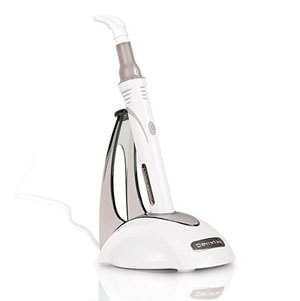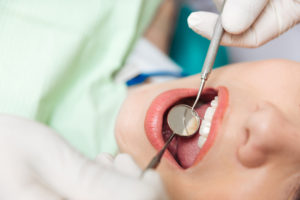Permanent teeth are meant to last a lifetime. However, teeth sometimes need to be removed. Your dentist may recommend extracting a tooth if it is so badly damaged from decay or trauma that it cannot be repaired. Other reasons for tooth extraction include:
- Your mouth is crowded: You may have a few teeth pulled if there is no room for all of your teeth to align properly
- There is no room for an erupting tooth to grow
- You have a severe dental infection. When the pulp and the center of the tooth is infected, the dentist may pull the tooth to avoid spreading the infection to other teeth.
The extraction process involves the removal of teeth from their socket (dental alveolus).
What to expect from a tooth extraction
Before the extraction, the dentist may perform an exam of your tooth to check for potential issues. They may ask you if you are taking any drugs, vitamins, or supplements to determine if you are at risk of any potential complications. For example, any prescription blood thinners may need to be discontinued for several days prior to your procedure. Your dentist may send you to a doctor to have certain health conditions, such as high blood pressure, treated or stabilized before your tooth can be extracted.
Types of tooth extraction procedures
1. Simple extraction
A simple extraction is performed using a local anesthetic to numb the area around your tooth. You will feel some pressure but should not feel any pain. This type of extraction is often performed on teeth that are clearly visible and easy for the dentist to access. Simple extraction is usually a quick procedure.
2. Surgical extraction
Surgical extraction may be required for teeth that are hard to see, broken, or otherwise difficult to access. Surgical extractions involve the use of general anesthesia so that the patient is asleep during the procedure. During a surgical extraction, the dentist will make an incision in the gums to access the tooth, and may need to break the tooth into smaller pieces in order to remove it.
How long does it take to heal from an extraction?
area, sealing the wound. It’s important to rest for at least 24 hours following extraction. In addition, do not drink from a straw or floss the area for at least two days. Doing so could disrupt the blood clot and interfere with the healing process. Eat only soft foods for 24-48 hours and otherwise follow your dentist’s aftercare advice. If you experience pain or fever days after the extraction, or there is drainage in the area, contact your dentist’s office.
















